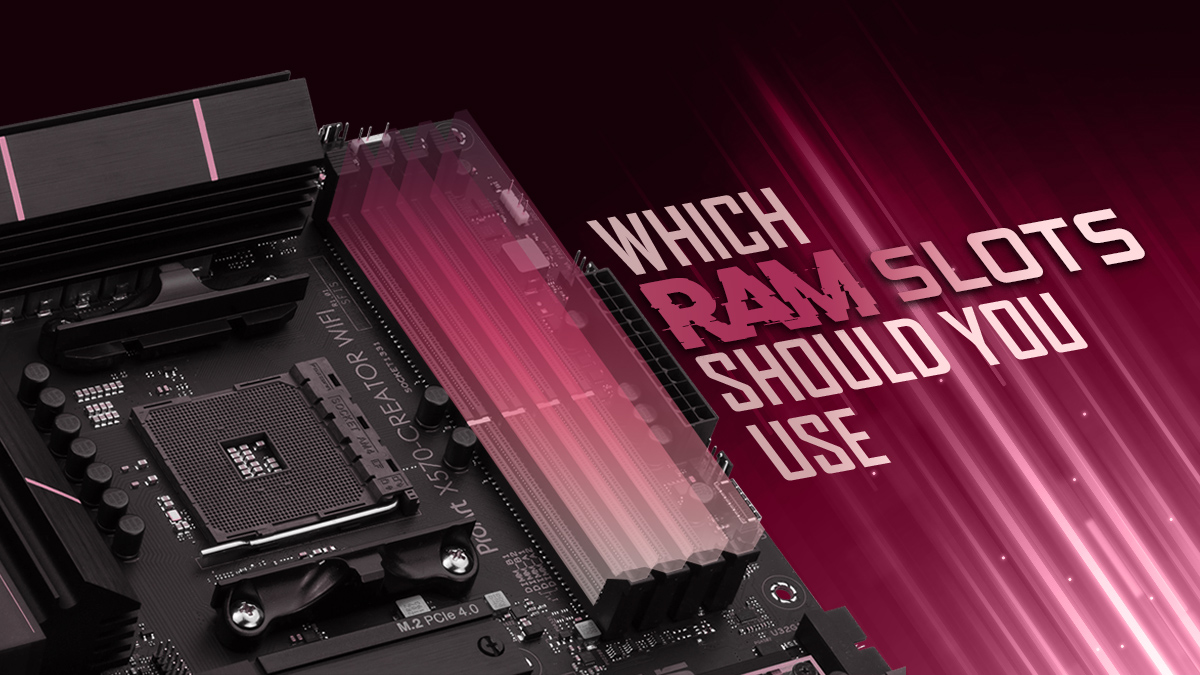@dor_13 : This kind of completes what
@BFG-9000 started with explaining the function of the termination resistors. But that alone doesn't really explain why the 2nd and not the 1st.
So yes, it can certainly help with cooler clearance as
@USAFRet suggests but there is actually a very good electrical reason why. It's called an unterminated stub on a transmission line. So recall that each DIMM provides termination resistors but whichever socket you use there will be left an unterminated stub (length of transmission line, or PWB trace, to a DIMM socket) of unequal length on each channel of a 4-socket motherboard using daisy chain topology, the most common.
If you use the closer socket, the unterminated stub reaches all the way to the 2nd socket on the transmission line. It's much longer which causes it to generate a higher amplitude reflected signal or absorb more of the energy of the transmitted signal. During memory training the IMC tries to compensate for that but it's hard and approaches impossible at higher clocks for longer stub lengths at higher clock speeds.
If you use the further socket the remaining unterminated stub is quite short and those problems are mostly avoided and memory training is more likely to be successful at higher clock speeds.
This is also why two socket boards (one socket for each channel) are considered the best for maximum overclocking potential. The layout can be fully optimized for one termination with no unterminated stubs that need to be compensated for.
A t-topology provides stub paths of equal length to both DIMM's on a channel so it doesn't matter which socket you use, they're both equally compromized (vs. the 2nd socket of a daisy chain) because there will always be one long unterminated stub left. However, because they are equal they're also more reliable for 4-DIMM setups at very high clocks.




